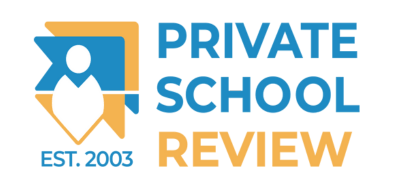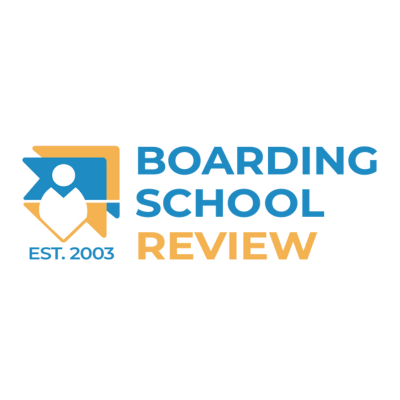Stop Managing Enrollment and Start Designing It
Over the past six years, a new title, and in some cases, a new position has popped up around the administrative table at independent schools: Enrollment Manager. If you know me, you know I strongly dislike this title for the person who helps families through the admission process. As a parent, enrollment manager makes me feel like a number in a cold, calculated equation. I don’t want to be “directed” either, but the title, admission director, is widely accepted as the person parents interact with when learning about and applying to an independent school. [Steps off brief soapbox]
While the title might not sit right with me, the gravity of the position cannot be overlooked. As an enrollment manager, you are tasked with strategically filling the school to insure stat lines are met, coaches are satisfied, teachers are not stretched thin, and donations abound. For those pulling double or triple duty as admission director, marketing director, advancement director, or head of school, the sheer complexity of the process has you doing just as the title infers: managing.
To pile on a bit more, I reported in a recent webinar, More Bang for Their Buck, that at the turn of the millennium, independent school value was determined by four primary value drivers: (1) Reputation/prestige, (2) Program offerings, (3) Geography, and (4) Family fit. Today, you can include to the list: (5) Cost, (6) Availability of financial aid/scholarships, (7) Faculty experience and expertise, (8) Accessibility to next-level schools, (9) Technology, and (10) Safety.
With so many determining factors independent schools have to address, the idea of designing granular enrollment benchmarks is overwhelming, but can no longer be overlooked. Independent schools need to put more sweat and financial equity into understanding the health of their environment. Let’s be real, when 90% of your school’s revenue comes via enrollment, but you put so little money and people power into understanding it, there’s no wonder schools scramble helplessly when times get tough.
But.
What if you could design the ideal incoming class* to complement the existing student body to ensure a healthy community every year?
Each summer/early fall, I challenge the enrollment managers to spend some time with teachers, administrators, parents and students to learn what the current community lacks, or to put a positive spin on it, what opportunities it has to flourish.
Here’s is an example:
Your fifth grade consists of 22 girls and 17 boys, 39 total students. The grade is equip to handle 50 total students. This grade has grown +6 since kindergarten. The previous four classes have grown by +10 since kindergarten and declined by -2 between sixth grade and twelfth grade. Your five year attrition rate is highest among fifth graders moving to sixth. Your teachers have identified 8 students who need minor to moderate additional academic support on both ends of the spectrum. The grade has 16% less financial aid tied to it than the overall school average by grade. The grade has 23% more annual giving by household than the other grades.
With the information above, what is your strategy? Do you “manage” with a broad, school-wide plan or mindfully “design” a laser-focused frame work to insure this grade is a healthy contributor to the overall community through graduation? More to the point: do you want to remain an Enrollment Manager or become an Enrollment Architect?
If you choose the latter, it is up to you to understand the overall health of the school regardless of total number of students. Then, proactively work with all community members to insure they understand the needs of each grade with a combination of quantitative analysis and good, old-fashion detective work.
In the long run, being able to design each grade to flourish at a peak level will keep families, board members, and your boss(es) very happy.
*The incoming class is all the new students who enroll at your school for the following year. It includes entry level and other grades where you have enrolled new students.











